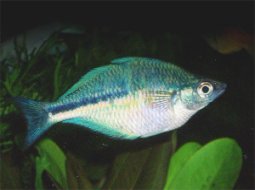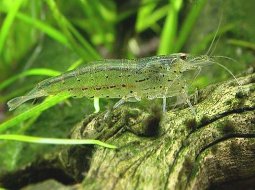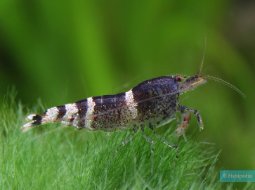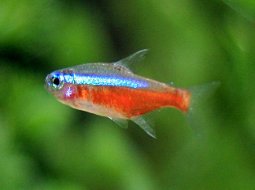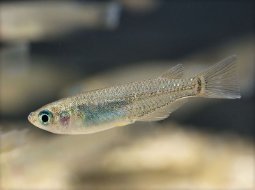
Loading Aqualapp ...
Care and Compatibility of Lemon Catfish - Hemiancistrus subviridis
Introduction
The Lemon Catfish is known for its vibrant yellow color, which gives it a cheerful and eye-catching look in the aquarium. Its body is robust and covered with bony plates that protect it from potential predators. It has sensitive barbels around its mouth that it uses to search for food in the substrate.
Behavior
The Lemon Catfish, scientifically known as Hemiancistrus subviridis, is a popular species in the aquarium hobby due to its striking appearance and interesting behavior. It is characterized by its bright yellow coloration and robust body with a wide head and long fins.
Sexual Dimorphism
Sexual dimorphism in Hemiancistrus subviridis is minimal and difficult to distinguish. Both males and females have a similar appearance.
Reproduction
Breeding Lemon Catfish in the aquarium can be challenging. It requires suitable water conditions, including optimal temperature and water quality. Males often build nests in caves or crevices, and females deposit their eggs there. The parents do not provide parental care, and it is common for them to consume the eggs. To increase the chances of successful breeding, suitable hiding places can be provided, and it is important to ensure that the fish are in good condition before attempting reproduction.
Aquarium Conditions
Hemiancistrus subviridis, commonly known as the green phantom pleco, requires a well-decorated aquarium with rocks, driftwood, and hiding spots. It prefers soft to moderately hard water and a warm temperature. Aquarium décor should include natural hiding places and sturdy plants. Maintaining water quality is crucial and providing a balanced diet.
Feeding
When it comes to feeding, the Lemon Catfish is primarily herbivorous and feeds on algae and vegetation. It is beneficial to provide a balanced diet that includes vegetable-based foods such as algae wafers or foods with high spirulina content. It may also accept live or frozen foods such as mosquito larvae and daphnia as an occasional supplement.
Complexity
Caring for Hemiancistrus subviridis can be moderately challenging. They are peaceful, nocturnal fish that need plenty of space and hiding spots to feel secure. They are omnivores and accept a variety of foods, but they require a diet rich in plant fiber for digestive health. Effective filtration and regular water changes are needed to maintain a healthy environment.
In case you need more help, or if you want to know into any topic related to the Hemiancistrus subviridis (Lemon Catfish) and even any other species you can use the forums to ask what you need.
To do an analysis more detailed about coexistence and behavior of Hemiancistrus subviridis (Lemon Catfish) use the Aquarium simulation tool, if you do this you can test different ways to combine the Lemon Catfish with other fishes giving the dimensions and space on you aquarium, on this way you can known the optimal configuration for keep the fishes that you want.
You can also find out the 109 species compatible with the Hemiancistrus subviridis (Lemon Catfish) can live together.
Note: The parameters of the water such as PH and temperature are also used to calculate the compatibility of the species.
Compatible species (109)
Compatible (49 Species)
Compatible without any restriction
Similar Sizes (1 Species)
They can coexist if they are the same size or very similar sizes, it does not work in all cases, there may be exceptions.
With Reservation (25 Species)
Compatible in some cases, it depends on the nature and personality of the fish.
Las especies territoriales por lo general pueden convivir con especies protegidas con coraza, ya que no pueden hacerles daño por su dura piel, lo que si hay que tener en cuenta es tener un acuario con dimensiones favorables para que cada pez pueda delimitar un territorio, ya que la mayoría de peces acorazados son también peces de fondo y les gusta estar buscando lugares donde ocultarse.
Showdown over territory (3 Species)
Fish can live together as long as the space is spacious enough to delimit a territory, otherwise there may be aggressions for competing for the territory.
Puede ser especialmente territoriales con otros peces de su misma especie
Considerable size difference (31 Species)
They can coexist while they are similar in size or the size difference is not very abysmal, since as the fish grows it increases the chances of eating its partner that did not grow much.
Lemon Catfish
Hemiancistrus subviridis
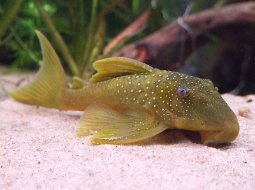
- Ph: 6 - 7.8
- Temperature (c°): 22 - 25
- Measures: 18 cm - 20cm
- Aquarium Capacity:
100 Liters - 26 Gallons - Alimentación: Carnivores
- Colores: Black, Green
- Comportamiento: Likes to take refuge, Night, Territorial, Territorial with its species
- Habitad: American
- Morfología: Cuirass or Carapace, Thorns or pointed
- Preferencias del Acuario: Caves, Logs, Natural plants, Rocks, Sand
- Tamaño: Medium
- Taxonomía: Fish
- Tipo de Agua: Sweet water, Tropical waters
- Velocidad de nado o movimiento: Slow
- Zona de Nado: Aquarium background


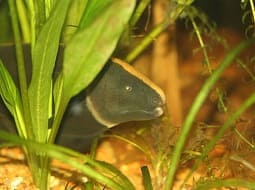



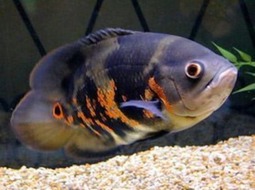






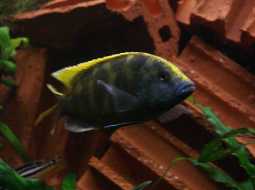
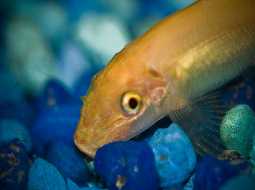
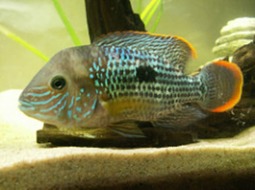
.jpg)
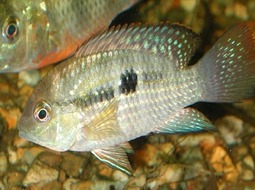
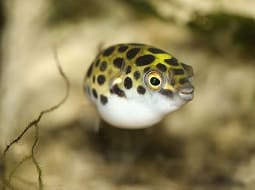
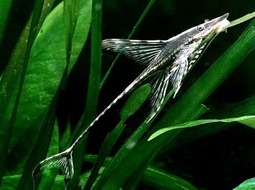

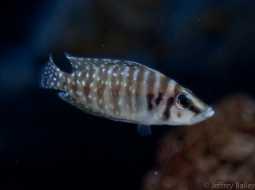

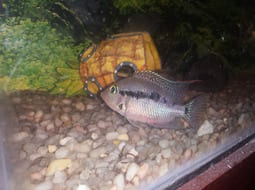

.jpg)


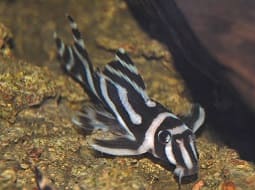
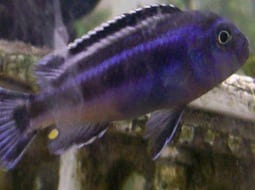


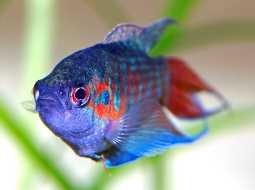




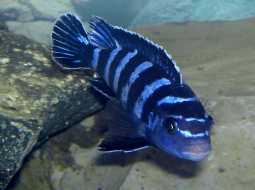

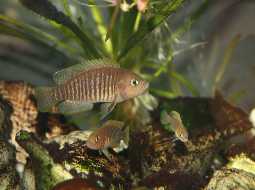

.jpg)



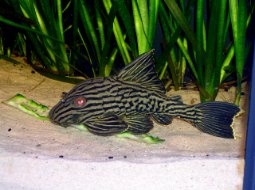

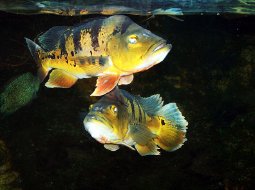
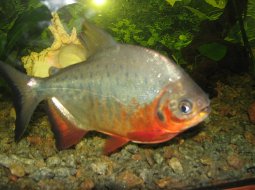










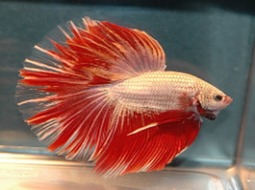
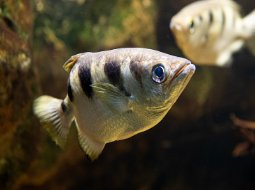
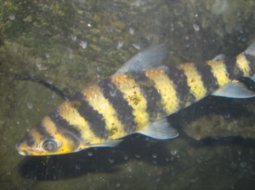
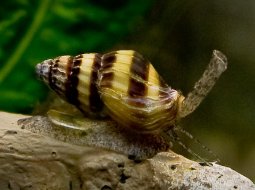




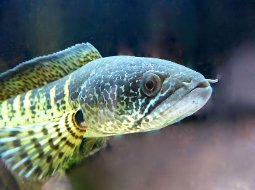
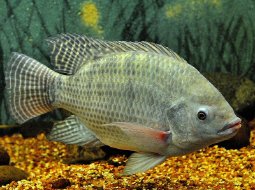
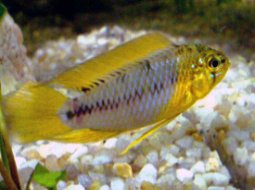






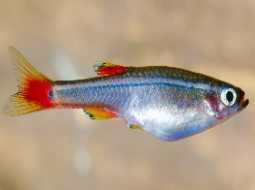
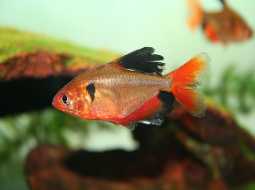

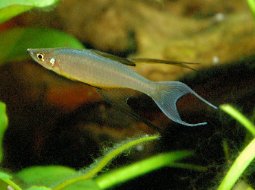


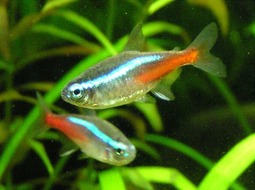
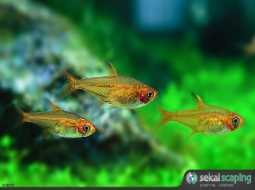
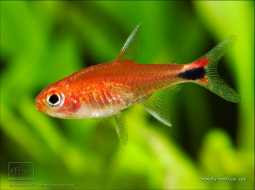
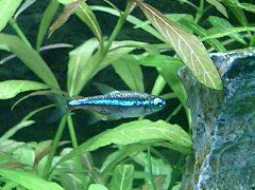

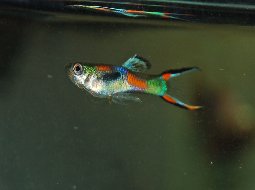
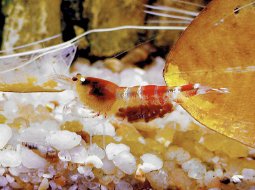
.jpg)



